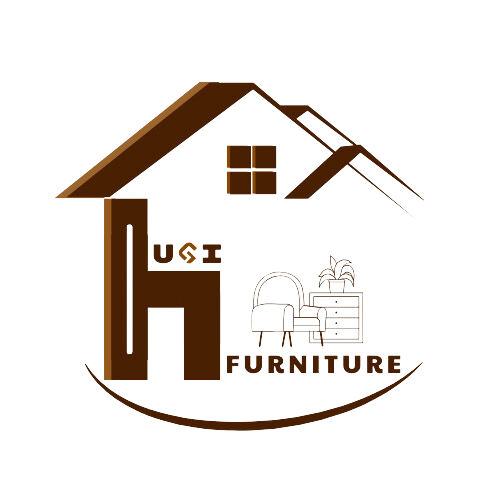What’s a Halfway House? A Transitional Living Option in Recovery
This was a home, typically placed in low-income housing, that enforced policies around sobriety and required attendance to AA meetings. Meetings were held both in the home and in neighboring organizations in the community. Leaving the structure of the treatment program can be very disruptive to your sobriety, so treatment programs have strict schedules filled with counseling, group therapy, and participatory activities.
Find AN OXFORD HOUSE TODAY
These residences are characterized by their self-run structure, ensuring a drug-free environment where each resident contributes to the management and upkeep of the home. As described by Oxford House, Inc., a non-profit organization, this model promotes recovery by fostering an environment of mutual support and responsibility. Halfway houses are essential components of the continuum of care in addiction recovery and criminal justice reintegration. They provide the necessary structure and support for individuals to rebuild https://ecosober.com/ their lives, emphasizing accountability, community, and the development of life skills necessary for independence. Traditional sober living houses generally have a decent level of structure and supervision. Normally, they have shared rooms, furnished common areas, kitchens, wi-fi access, and group dining rooms.
Structure and Routine
While halfway houses assist recovering addicts, former correctional facility inmates may come to live at a halfway house after finishing a prison sentence to help them with their reentry into regular society. Halfway homes are managed by licensed drug counselors, therapists, and similar healthcare personnel. Daily life is structured around group therapy or individual counseling sessions, support groups, and other aftercare programs.
Importance of peer and community support
Ultimately, sober living homes can offer a nurturing environment to regain self-sufficiency and reintegrate into society successfully. At the heart of RECO Institute’s philosophy is the belief in the power of community and continued support. The Sober Life alum program advantages highlight the institute’s commitment to long-term recovery. Alums of the program often share impactful stories of transformation, illustrating how the structured environment, coupled with the compassionate support of peers and staff, laid the foundation for a fulfilling sober life. Success stories from the alum program are not just inspirational; they serve as tangible proof of the effectiveness of RECO Institute’s holistic approach. Halfway houses serve as transitional living for individuals coming from institutions, such as correctional facilities or inpatient rehabilitation centers.
Paying for Treatment
Halfway houses provide more freedom to residents than inpatient treatment programs. However, they still offer more structure and a larger support system than independent living. While insurance coverage for sober living is limited, some homes benefit from non-profit funding and government assistance through programs like the Recovery Housing Program.
- These groups not only offer a platform to share and receive advice but also help to build a network of sober friends and acquaintances who can relate to and reinforce one’s sobriety goals.
- Peer recovery provides residents with positive role models who have successfully navigated the path of recovery.
- Residents receive ongoing support through counseling, therapy, and group meetings, helping them stay focused on their recovery goals.
- Use Rehab.com’s searchable directory to explore treatment centers, sober living homes, and recovery programs in your area.
- Millions of Reframers have downloaded the app, and our data shows that they’ve eliminated over 102 million drinks per year.
This peer network is bolstered by group meetings and shared activities that reinforce the recovery process. Access to such a community has been shown to significantly improve the likelihood of maintaining sobriety. AA meetings near me often become an extension of this support network, providing a larger community of recovery outside the home. The incorporation of 12-step meetings and support groups into sober living programs is a cornerstone for many residents’ recovery processes. Participation in Alcoholics Anonymous (AA) or Narcotics Anonymous (NA) meetings provides a framework for understanding and overcoming addiction through shared experiences, personal accountability, and moral guidance. Moreover, many sober living residents find lifelong friends, mentors, and a sense of belonging within these groups, enhancing their journey to sobriety and ability to lead a fulfilling sober life.
They are managed by staff who enforce sobriety requirements, facilitate group meetings, and assist residents with job placement. Some facilities are government-funded, while others operate privately, collaborating with treatment programs or sober living homes to maintain continuous care. The primary purpose of a halfway house is to bridge the gap between intensive treatment and independent living.
- Oxford houses and some sober living homes may allow family visits according to house rules, while halfway houses might have stricter regulations.
- Yes, you can have visitors in a halfway house, but there are rules and restrictions in place for safety and recovery purposes.
- AA meetings near me often become an extension of this support network, providing a larger community of recovery outside the home.
- Another significant benefit of sober living houses is the focus on equipping residents with essential life skills and coping mechanisms necessary for maintaining sobriety in the long term.
- Alcohol and drug addiction can stem from mental health conditions that go undiagnosed and untreated, referred to as a dual diagnosis.
Although halfway houses share a lot in common with sober-living homes, there are a few key differences that set them apart. Halfway houses serve as the halfway point between an institution and independent society, with residents usually coming from either correctional or inpatient treatment facilities. Living in a sober environment helps you develop new habits and routines, taking Drug rehabilitation what you learned during drug or alcohol rehab and applying it in your daily life. Sober living homes can be beneficial for those who are transitioning from inpatient treatment, but they may be too far ahead in the process for many who are looking to start their recovery journey. Some homes require signing out when leaving the home and signing in when returning. Try to choose a quality sober living home located outside of your hometown as well.
Having a job supports their recovery by promoting responsibility, structure, and financial independence. Employment helps residents develop life skills, rebuild confidence, and engage in productive activities, all of which are necessary components of successful reintegration into society. The world of recovery is cloaked in dense terminology that can make looking for post-treatment programming confusing. Searching online isn’t always much help; articles that use the phrases “halfway houses” and “sober living” interchangeably add to the problem.






Leave a Reply